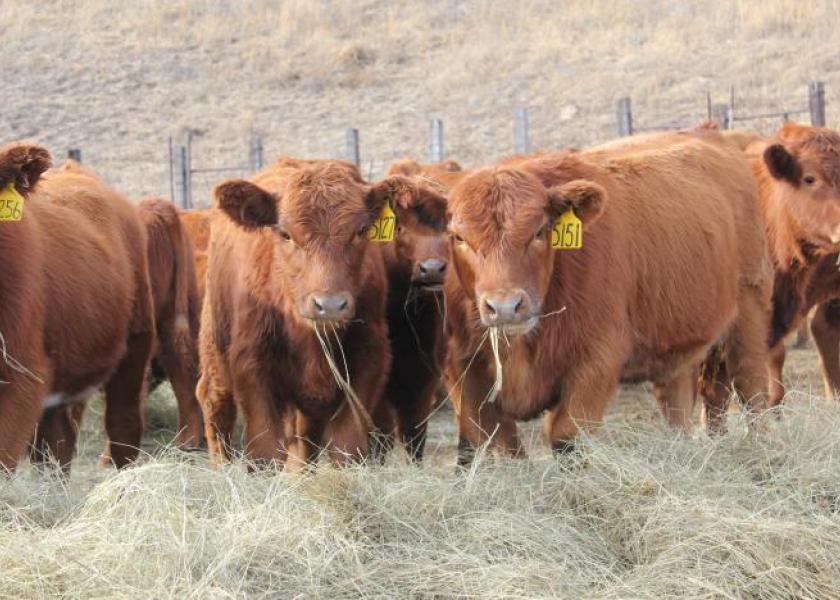Justin Sexten: What Can We Learn From Simple Measures?

Justin Sexten is Vice President of Strategy for Performance Livestock Analytics.
There are countless sensors currently used in precision agriculture. Those most common to beef and dairy cattle include tags for temperature, collars for rumination, leg bands for grazing, and patches for heat detection. In many cases this technology fills a key labor need by improving predictions around health or reproduction.
The biggest challenge faced by most sensor technologies is the cost to use the technology at scale. Either the sensor itself is expensive or the infrastructure needed to operate the technology carries a front-loaded cost which makes payback difficult.
Once a technology overcomes the cost barrier, the next test is sensor application and retention in field conditions. For calving or estrus detection one must ensure timely short-term application to be useful. Conversely most health metrics require long term monitoring, so retention becomes the greater need. Getting a sensor to stay on a cow or calf can be a challenge and this is even more difficult if the sensor must stay on for any amount of time.
Another consideration is range of sensor operation, once we get the sensor on the animal the animal must come in contact with the “reader” at some point. Calving and breeding are often in semi-confinement situations where data capture is achievable. In pasture environments the reader would be most useful to gather data when animals come to water or feed.
The final challenge for sensor technology to overcome is the ability to measure traits useful to the operator. There are two ways to evaluate sensors for such useful traits. Measure a characteristic directly indicative of the behavior such as head movement indicating grazing or ruminating activity. Alternatively use an indirect measure such as walking activity to indicate the start of calving or estrus.
A recent article in the PLoS One Journal by Jorge Vazquez Diosdado and co-workers tested a simple indicator metric such as barn location to provide insights on the health of lactating dairy cows. They monitored the cow’s position in the barn over the course of 5 days to see if they could predict lameness.
Cows were fitted with a GPS tracker and evaluated for lameness at the beginning of the experiment. The barn was divided up into feeding and resting areas with water tank and parlor entryways also noted. The short duration of the experiment should not go unnoticed, using only five days worth of data suggests there are opportunities for rapid diagnosis rather than having to train the technology for weeks.
After the short monitoring period of cow location in the barn the research team concluded lame cows stay in resting areas and sound cows spend more time feeding. Not only did he lame cows have a reduced travel area within the barn but were more likely to stay within a particular location. I am sure many readers are suggesting these results are not unexpected as logic certainly supports sore footed cows would travel less.
The more interesting aspect of the study was the difference in classification between the technology and the expert lameness evaluators. The technology was compared against the expert evaluations. The technology identified two cows opposite the expert’s original classification. Using this “alerting” data the cows were re-evaluated and the technology had indeed identified a cow the experts missed.
If we use these results to think about future applications imagine developing a mobile application that sends you a text message with a list of cows to evaluate every morning. This experiment used a simple metric, location over time, something we can determine using a simple to attach and durable sensor such as electronic ear tag.
For those of you sorting through a pen of weaned calves or new feedyard arrivals looking for calves ready to break imagine how valuable a list of calves not visiting the feed bunk or water tank in the last 24 hours could be in your animal health program. The technology available today won’t replace stockmen but it certainly can make their job easier.







